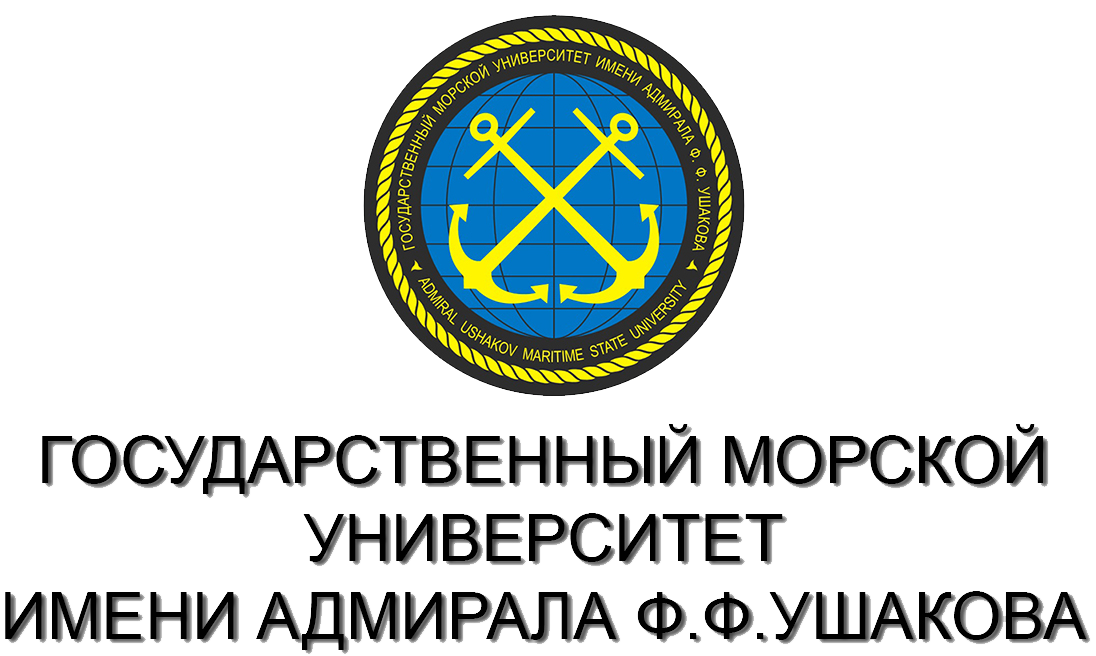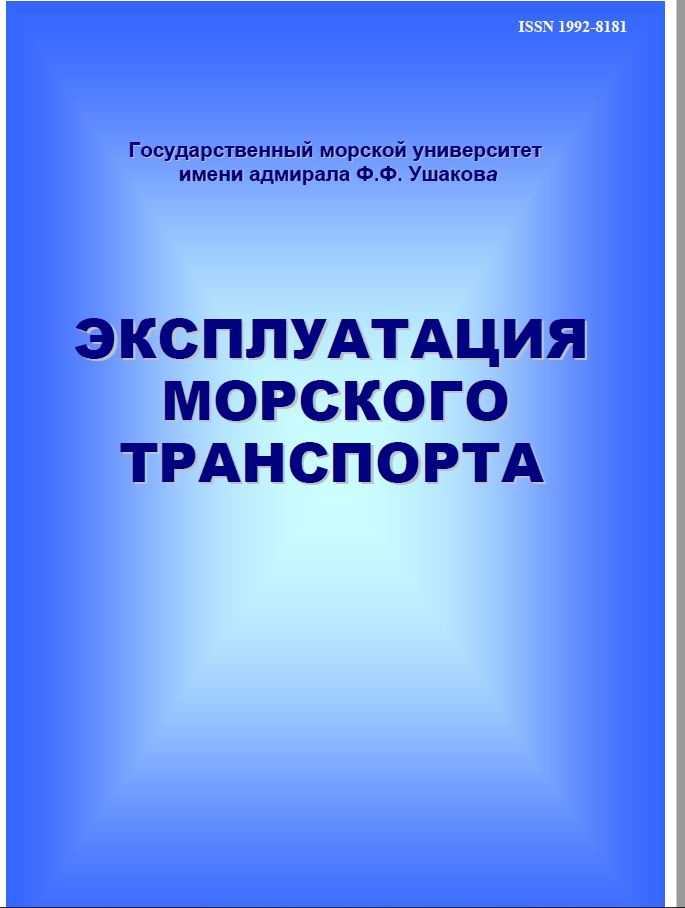Russian Federation
UDC 621.43.068.4
The simulation of the working processes of the MAN D&T MC series marine diesel engine was carried out in order to reduce carbon dioxide emissions with exhaust gases. The purpose of the simulation was to find design and operational solutions that affect CO2 emissions. When performing a computational study, a mathematical model of a combined internal combustion engine implemented in the DIESEL-RK computer program was used. The studied variables are the compression ratio, the advance angle and the duration of fuel injection, the values of which can be set without making significant changes to the engine design. Mathematical models are obtained in the form of regression equations that describe the effect of the studied fuel supply parameters (compression ratio, fuel injection advance angle and fuel injection duration) on the target functions - specific carbon dioxide emission and effective power of the 6S60MC diesel engine. To determine the coefficients of the regression equation, planning of a complete factorial experiment of the second order is implemented. In order to find the minimum value of carbon dioxide emissions using the generalized reduced gradient method, the problem of choosing the optimal values of the compression ratio, fuel injection duration and fuel injection advance angle for a given effective power of a 6S60MC marine diesel engine is solved. It is shown that, for example, with an engine power of 10,000 kW, the reduction in carbon dioxide emissions by optimizing the specified fuel supply parameters will be 7.37%
marine diesel engine, exhaust gases, carbon dioxide, decarbonization, fuel supply and combustion parameters, optimization
1. Modina M.A., Khekert E.V., Voskanian A.A., Pismenskaia Yu.V., Epikhin A.I., Shkoda V.V. 2021. Bioindication and biomonitoring assessment of the state of atmospheric air and soil in the study area IOP Conf. Series: Earth and Environmental Science 867 012072.
2. Modina M.A., Kheckert E.V., Epikhin A.I., Voskanyan A.A., Shkoda V.V., Pismenskaya Yu.V. 2021. Ways to reduce harmful emissions from the operation of power plants in special environmental control areas IOP Conference Series: Earth and Environmental Science 867 012104.
3. Stec M., Tatarczuk A., Iluk T., Szul M. 2021. Reducing the energy efficiency design index for ships through a post-combustion carbon capture process International Journal of Greenhouse Gas Control 108 103333.
4. Epihin A.I. Koncepciya ekologicheskogo sovershenstvovaniya sudovyh energeticheskih ustanovok / A.I. Epihin, M.A. Modina, E.V. Hekert // Ekspluataciya morskogo transporta. 2020. № 3 (96). S. 127-132.
5. Resolution MEPC.203(62). 2011. Amendments to the Annex of the Protocol of 1997 to Amend the International Convention for the Prevention of Pollution from Ships, 1973, As Modified by the Protocol of 1978 Relating Thereto.
6. Jindal S., Nandwana B.P., Rathore N.S., Vashistha V. 2010. Experimental investigation of the effect of compression ratio and injection pressure in a direct injection diesel engine running on Jatropha methyl ester Applied Thermal Engineering 30 pp 442-448.
7. Sayin C., Ilhan M., Canakci M., Gumus M. 2008. Effect of injection timing on the exhaust emissions of a diesel engine using diesel-methanol blends Renewable Energy, in press. doihttps://doi.org/10.1016/j.renene.2008.10.010.
8. Raheman H., Ghadge S.V. 2008. Performance of diesel engine with biodiesel at varying compression ratio and ignition timing Fuel 87 (12) pp. 2659-2666.
9. Kegl B. 2006. Numerical analysis of injection characteristics using biodiesel fuel Fuel 85 pp. 2377-2387.
10. Privalov V.E., Turkin V.A., Shemanin V.G. Hydrogen Power Capabilities in Water Transport. IOP Conference Series: Earth and Environmental Science. 2021. 872. 012014.
11. Turkin V.A., Pismenskaya Yu.V., Ignatenko G.V., Aleksandrova V.V. Carbon dioxide extraction from marine engine exhaust gases by the method of adsorption. IOP Conference Series: Earth and Environmental Science. 2021. 872. 012007.
12. Turkin A.V., Turkin V.A., Samoilenko A.Yu. 2018. Ship low-speed engine working processes modeling to reduce the nitrogen oxides emission Marine intellectual technologies 1(39) 1 pp.106-110.
13. Ahnazarova S.L., Kafarov V.V. Metody optimizacii eksperimenta v himicheskoy tehnologii. Ucheb. posobie. 2-e izd., pererab. i dop. M.: Vyssh. shk, 1985. 327 s.
14. Ignatenko G.V. Dekarbonizaciya otrabotavshih gazov sudovyh dizel'nyh dvigateley optimizaciey parametrov podachi topliva / G.V. Ignatenko, O.V. Sviderskaya, V.A. Turkin // Ekspluataciya morskogo transporta. 2022. № 3 (104). S. 85-93.
15. Sharma R., Glemmestad B. On Generalized Reduced Gradient method with multi-start and self-optimizing control structure for gas lift allocation optimization. Journal of Process Control. 2013. 23. Pp. 1129-1140.
16. Shadrina N.I. Reshenie zadach optimizacii v Microsoft Excel 2010 / N.I. Shadrina, N.D. Berman. Habarovsk: Izd-vo Tihookeanskogo gos. un-ta, 2016. 101 s.











